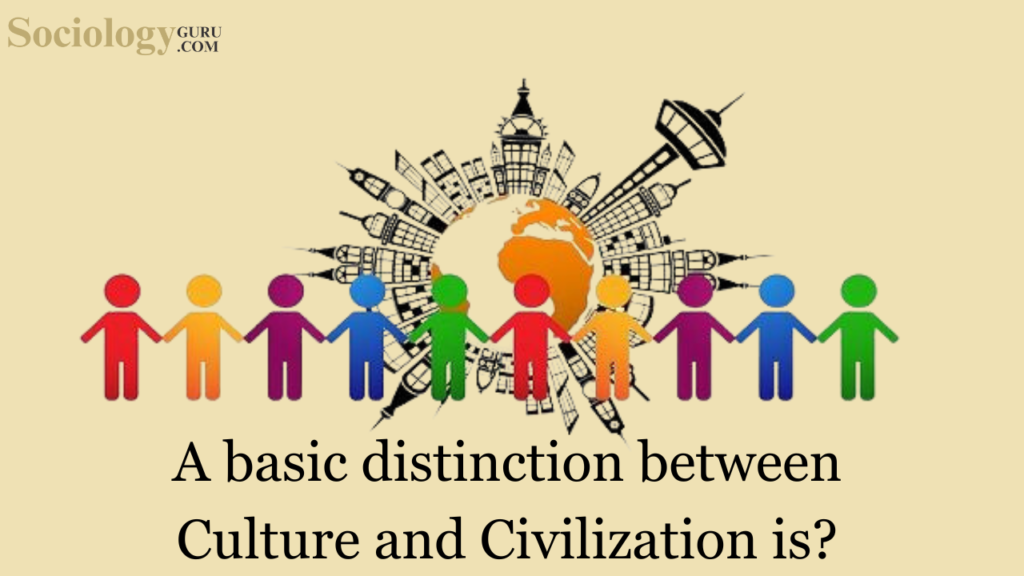Question: The delinquent subculture takes its norms from the larger culture hut turns them upside down. Who said this in the context of deviance?
- Walter Miller
- Robert Merton
- Cloward and Ohlin
- Albert Cohen
Answer: (4)Albert Cohen, a prominent sociologist, is credited with the assertion that the delinquent subculture not only rejects the norms of mainstream culture but also flips them on their head. This concept, articulated by Cohen, sheds light on the intricate relationship between societal norms, deviant subcultures, and the structural inequalities that contribute to deviant behavior. Cohen’s perspective on delinquent subcultures is distinct and influential. To comprehend his viewpoint, it is essential to delve into his structural perspective, which forms the foundation of his analysis. According to Cohen, structural factors play a pivotal role in shaping deviant behavior. He contends that unequal access to opportunities within the social structure exerts significant pressure on certain groups, compelling them towards deviance. In Cohen’s framework, societal structures create conditions where some groups face limited opportunities for success and social mobility. This lack of access to conventional avenues for achievement can lead to frustration and strain among individuals within these marginalized groups. In response to these structural constraints, Cohen posits that subcultures emerge as alternative systems of values and norms. These subcultures develop as a means for individuals to cope with the challenges posed by the larger society. One key aspect of Cohen’s theory is the idea that the delinquent subculture not only rejects mainstream cultural norms but actively reverses them. The inversion of norms becomes a defining feature of the deviant subculture. Instead of adhering to societal expectations, individuals within the delinquent subculture place a high value on activities that are condemned by the wider society. Examples of such activities include stealing, vandalism, and other forms of deviant behavior. The act of turning societal norms upside down is a manifestation of the subcultural response to the strain experienced by marginalized groups. In the absence of legitimate avenues for success, these subcultures redefine what constitutes success and status. The adoption of deviant behaviors becomes a way for individuals to assert agency and gain a sense of accomplishment within the constraints of their social reality. Cohen’s theory resonates with the broader field of criminology, offering insights into the complex interplay between social structures, subcultures, and deviance. It underscores the importance of understanding deviance not merely as individual aberration but as a social phenomenon deeply rooted in structural inequalities. Furthermore, Cohen’s analysis highlights the reinforcing dynamics between the pressure exerted by the social structure and the emergence of deviant subcultures. The structural conditions create a fertile ground for the development of alternative value systems, as individuals seek ways to cope with their limited opportunities. These subcultures, in turn, amplify the pressure to deviate by providing a social context that validates and rewards deviant behaviors. In the context of the multiple-choice question related to the MA CUET exam, the correct answer is (d) Albert Cohen. The question specifically refers to Cohen’s perspective on the delinquent subculture and its unique characteristic of reversing mainstream cultural norms. Choosing the correct option requires an understanding of Cohen’s contribution to the field of criminology and his emphasis on the structural origins of deviant behavior. In conclusion, Albert Cohen’s assertion that the delinquent subculture not only rejects but reverses mainstream cultural norms provides a valuable lens through which to examine the complexities of deviance. His structural perspective emphasizes the role of societal inequalities in shaping deviant behavior and underscores the symbiotic relationship between the social structure and the emergence of deviant subcultures. Cohen’s work continues to be influential in criminological discussions, offering nuanced insights into the dynamics of deviance in contemporary society. |
Take a Quick Sociology Quiz to measure your Performance
Frequently Asked Questions:
1. Question: Define the term “ethnic movement” and provide an example from India.
Answer: An ethnic movement refers to a collective effort by a group sharing common cultural, linguistic, or religious traits, seeking to assert their identity and rights; an example from India is the Khalistan Movement in Punjab.
2. Question: Identify the main objectives behind the Gorkhaland ethnic movement.
Answer: The Gorkhaland ethnic movement primarily seeks to establish a separate state for India’s Nepali-speaking population in the Darjeeling region, advocating for linguistic and cultural recognition and political autonomy.
3. Question: What was the Operation Blue Star, and which ethnic movement was it related to?
Answer: Operation Blue Star was a military action in 1984, aiming to remove Sikh militants hiding in the Golden Temple in Amritsar; it is related to the Khalistan movement, which sought a separate Sikh country.
4. Question: Mention a critical factor that triggered the emergence of ethnic movements in India, as discussed by Dipankar Gupta.
Answer: Dipankar Gupta emphasized that ethnicity is fundamentally a political process, wherein caste and religion, the key components of identity formation, are politicized by leaders for vested interests.
5. Question: What were the primary reasons for the Assam Ethnicity conflicts involving Bodo tribals and Bengali Muslim settlers?
Answer: The Assam Ethnicity conflicts primarily stemmed from issues related to immigration, land rights, and resource allocation, leading to clashes, riots, and evolving relationships among indigenous communities to address challenges.
6. Question: Briefly describe the role of the Dravidian Movement in terms of caste and societal structure.
Answer: The Dravidian Movement, led notably by E.V. Ramasamy, aimed to establish an egalitarian society, focusing on anti-Brahmanism and advocating for equal rights for backward castes, while also introducing reforms like self-respect marriages.
7. Question: Name the prominent ethnic movements in North-East India and specify one common objective.
Answer: Prominent ethnic movements in North-East India include the Nagas’ and Mizos’ struggles; a common objective was to gain autonomy and recognition for their distinct tribal identities and cultural uniqueness.
8. Question: What is the key argument of Gail Omveldt regarding traditional Indian society and multiculturalism?
Answer: Gail Omveldt opposed romanticizing traditional Indian society, arguing that hierarchy has always dominated it and dismissing the notion that multiculturalism is an intrinsic feature of Indian society as a myth.
9. Question: Briefly explain the social hierarchy factor as a contributing element to ethnic movements as suggested by Olzak.
Answer: Olzak suggests that the construction of hierarchies among ethnic communities, which often leads to the suppression of one group by another, is a key factor that can instigate social and ethnic movements.
10. Question: Identify one consequence of the unequal economic development factor within the context of ethnic movements in India.
Answer: One consequence of unequal economic development is the marginalization and underdevelopment of certain groups, leading to feelings of alienation and sometimes initiating ethnic movements as these groups strive for equality and recognition.
To master these intricacies and fare well in the Sociology Syllabus, aspiring sociologists might benefit from guidance by the Best Sociology Teacher and participation in the Best Sociology Coaching. These avenues provide comprehensive assistance, ensuring a solid understanding of sociology’s diverse methodologies and techniques.
META TAGS:
Why Vikash Ranjan’s Classes for Sociology?
Proper guidance and assistance are required to learn the skill of interlinking current happenings with the conventional topics. VIKASH RANJAN SIR at SOCIOLOGY GURU guides students according to the Recent Trends, making him the Best Sociology Teacher for Sociology.
At Sociology Guru, the Best Sociology Coaching platform, we not only provide the best study material and applied classes for Sociology but also conduct regular assignments and class tests to assess candidates’ writing skills and understanding of the subject.
Choose The Best Sociology Teacher for your Preparation?
To master these intricacies and fare well in the Sociology Syllabus, aspiring sociologists might benefit from guidance by the Best Sociology Teacher and participation in the Best Sociology Coaching. These avenues provide comprehensive assistance, ensuring a solid understanding of sociology’s diverse methodologies and techniques. Sociology, Social theory, Best Sociology Teacher, Best Sociology Coaching, Sociology Syllabus.
Best Sociology Teacher, Sociology Syllabus, Sociology, Sociology Coaching, Best Sociology Coaching, Best Sociology Teacher, Sociology Course, Sociology Teacher, Sociology Foundation, Sociology Foundation Course, Sociology CUET, Sociology for IAS, Sociology for UPSC, Sociology for BPSC, Sociology for UGC NET, Sociology for JPSC,
Follow us :
KEYWORD:-Delinquent Subculture, Delinquent Subculture, Delinquent Subculture, Delinquent Subculture, Delinquent Subculture, Delinquent Subculture, Delinquent Subculture, Delinquent Subculture, Delinquent Subculture, Delinquent Subculture, Delinquent Subculture, Delinquent Subculture, Delinquent Subculture, MA CUET SOCIOLOGY



